Photopicture from Egypt
Object of the Month - January 2019
"Last day on the Nile. I want to remember everything I see here now, as we are going to be bidding farewell to this unique country forever – if we ever make it out alive, that is." (February 27, 1907)
The last owners of the Urajärvi manor in Asikkala, sister and brother Lilly and Hugo von Heideman travelled to Italy and then on to Egypt, Palestine and Turkey in the early spring of 1907. They were members of a travel group participating on a trip by the Copenhagen-based Réen travel agency, along with travellers from Sweden and Denmark.
Luckily, the travellers made it back home and brought with them all kinds of souvenirs and notes they had made along the way. Lilly diligently wrote in her travel journal, describing the modes of travel the group took, such as train and boat rides. She also made observations on the societies and landscapes, as well as the people and their home lives they saw along the way, and talked about the daily schedules of the travellers. Hugo’s journal from Egypt was not preserved, only some notes.
Over a century ago, travelling from Finland to Egypt was considerably more extraordinary than it is today. In the same year that Lilly and Hugo von Heideman visited Egypt, 1907, ethnologist Theodor Schvindt (1851–1917) also lived there for six months. He made ethnological observations and collected items for the National Museum of Finland. The items included textiles, tools and jewellery, and they are still in the collection of the National Museum of Finland today.
Lilly and Hugo von Heideman visited central Europe several times during the early 1900s, but they only visited Egypt once. In Egypt, the itinerary included visits to Cairo and Luxor and a week-long cruise on the Nile. Lilly was impressed with the Luxor Temple:
"In the evening we visited the Luxor Temple in the moonlight. I have never seen anything so magnificent and mystical. As I was standing near the pylon, where the large pillar corridor starts and runs to the large pillar hall, and I saw the mystical shadows cast by the impressive row of pillars in the moonlight, below the glimmering starry sky, which seemed to elevate the pillars to new heights, I was struck by a solemn feeling, joy and admiration for the fact that the human spirit had been able to reach such artistic greatness thousands of years ago. But at the same time, I felt sadness about the price so many people have had to pay to make this possible. Their suffering was so great that we find it difficult to comprehend; blood and tears. During the construction of these beautiful pillars, each and every block of rock was bought with sighs, weeping and pain. Would it have been better to have never built them? The history of human suffering would have been a chapter shorter. Everyone should formulate their own opinion on it – perhaps it was unavoidable for the sake of the development of humankind." (28 February 1907)
Among the souvenirs from Egypt were textiles still on display in their home manor, such as wall hangings, and plenty of postcards and some photographs. The Object of the Month is a framed photograph on the wall of Hugo’s study in the manor in Urajärvi. Hugo is pictured in the middle wearing a fez, mounted on a camel. His sister Lilly sits mounted on a light-coloured donkey on the far right. Lilly describes the moment in her journal:
"Today we visit the pyramids and the sphinxes. First, we travel on the electric street railway and then on donkeys for a while. I have once again been given a white donkey. Two people lead it along: an old man and a boy… We stop at the Pyramid of Cheops. We pose for pictures. Mister Segerstråle, Hugo, Miss Segerstråle and Mister Hullgrén are mounted on camels, Mistress Thalén, Mistresses Segerstråle and Bång, Misters Holmgren and Lorie and I are mounted on donkeys. Segerstråle with his daughter climb atop the pyramid and even go inside. I hear that the view from the top is breathtaking. We continue on to the sphinx and then back to the pyramids. We dismount and walk to the station on foot." (5 March 1907)
It is fascinating to think of this Nordic group of gentlefolk in the heat, mounted on donkeys and camels at the foot of the pyramids. The clothing that the group wears draws particular attention; despite the heat (Lilly mentions a few times that the temperature is 28 degrees Celsius), the women wear large hats and long and thick skirts. The men also wear hats, and waistcoats under their dark coats, whereas the local men wear white, cooler dress. Merely mounting the donkey has probably been quite an effort, not to mention remaining on top of it. In fact, Lilly depicts how she fell off the donkey "quite recklessly on an even stretch of desert. The saddle was attached poorly, or rather, it was not attached at all, so that it tipped when the boy pricked the animal with a pin, even though I had forbidden him from doing so. The poor animal was startled and I fell off. Fortunately, there were no injuries, but the ordeal did take a toll on Lilly: I was so tired, sore and anxious after my fright of falling off the donkey that I went to sleep at eight thirty." (21 February 1907)
Kerttuli Hoppa
Literature:
Halén Harry (ed.) 1992. Lilly von Heidemanin päiväkirja matkalta Egyptiin 1907. Suomen Museo 1992, p. 175–192. The Finnish Antiquarian Society, Helsinki.
Kuurne Jouni 2013. Urajärveltä maailmalle. Muistoja meiltä ja muualta. Blog articles on Urajärvi by Jouni Kuurne. The Finnish Heritage Agency, Helsinki.


-
2024
-
2023
-
2022
-
2021
-
2020
-
2019
-
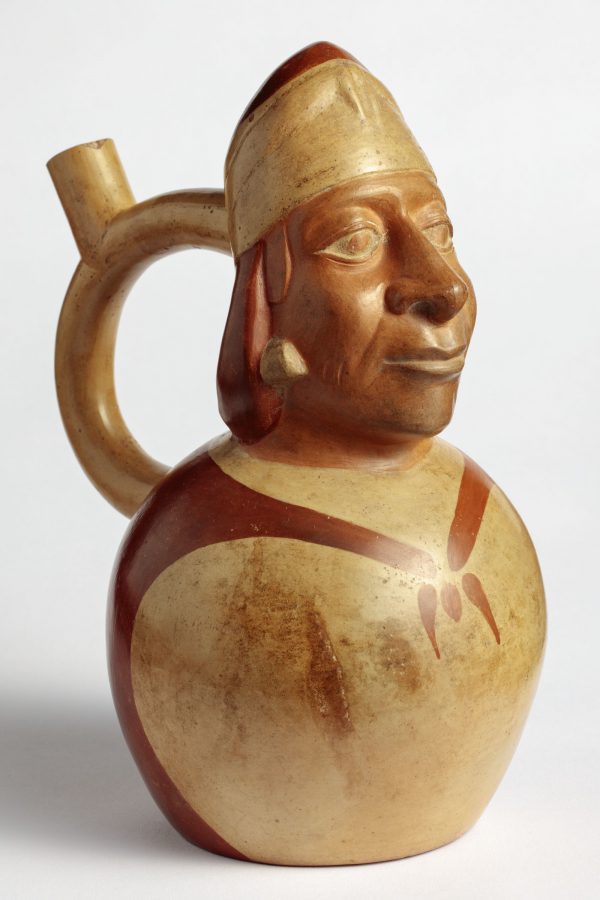 Stirrup-spouted vessel from Peru
Stirrup-spouted vessel from Peru
-
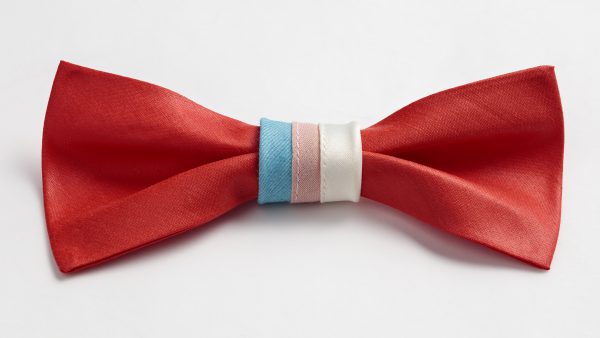 Trans pride bow – a carnival accessory and statement for human rights
Trans pride bow – a carnival accessory and statement for human rights
-
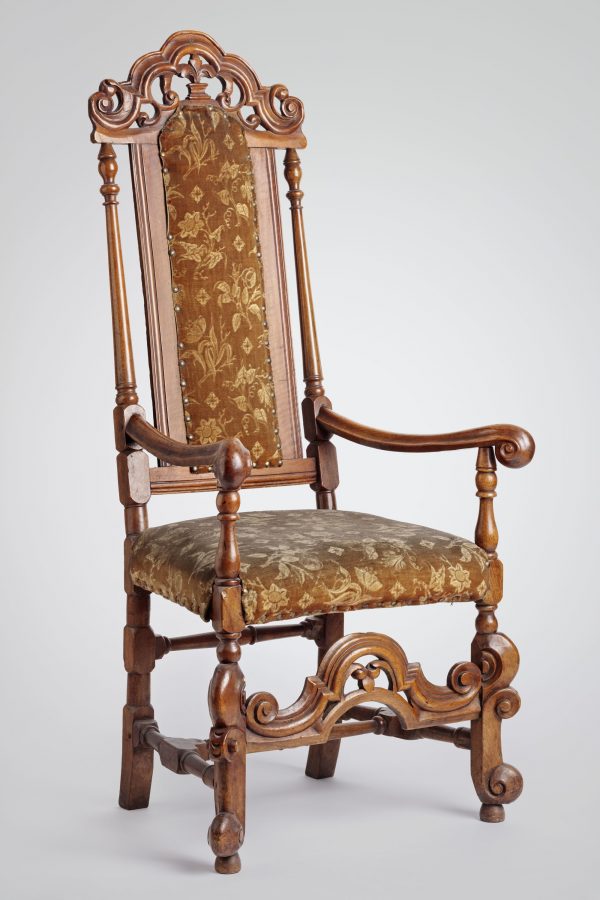 Retro upholstered baroque armchair
Retro upholstered baroque armchair
-
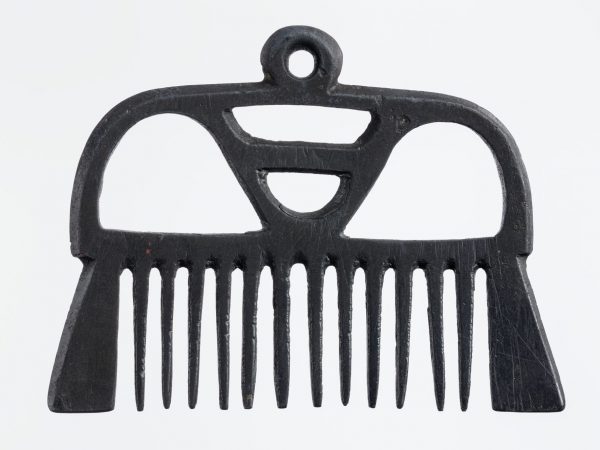 Comb pendant from the St Nikolai shipwreck
Comb pendant from the St Nikolai shipwreck
-
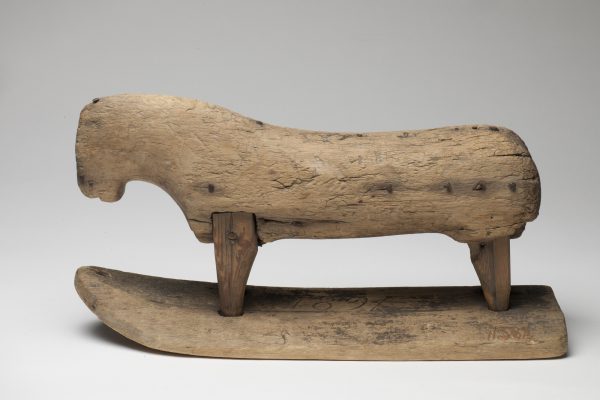 Wooden toy horse
Wooden toy horse
-
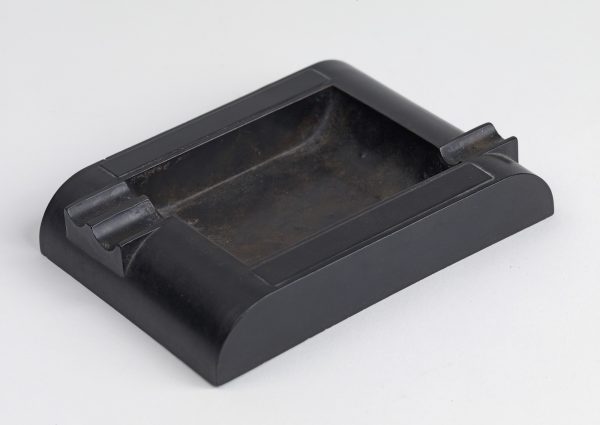 Ashtray
Ashtray
-
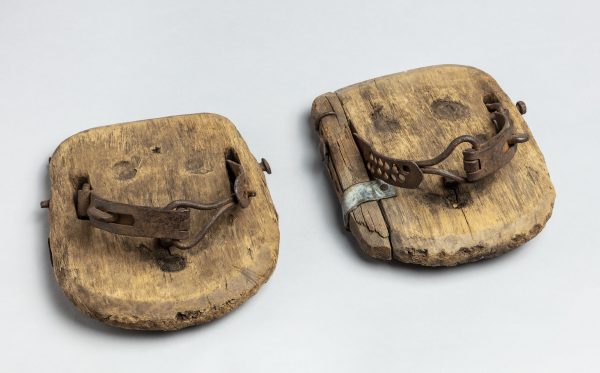 Marsh horseshoes
Marsh horseshoes
-
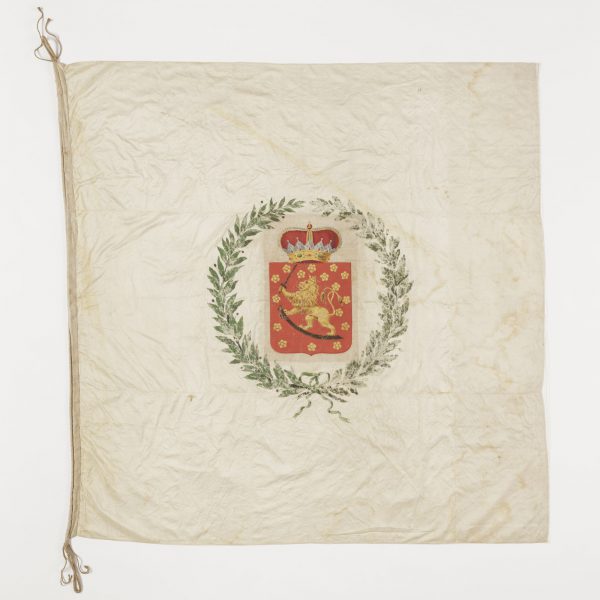 Student Union flag
Student Union flag
-
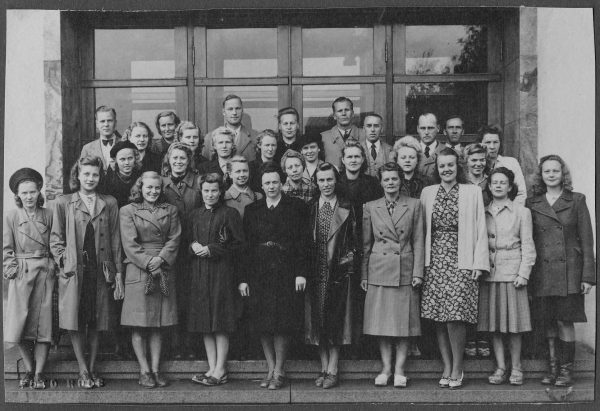 Stylish at work
Stylish at work
-
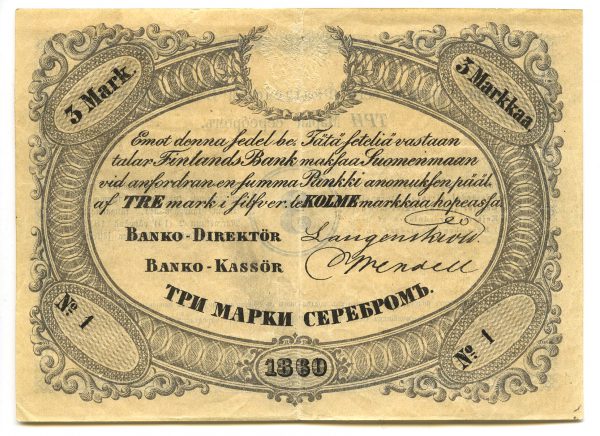 The first Finnish markka ever issued
The first Finnish markka ever issued
-
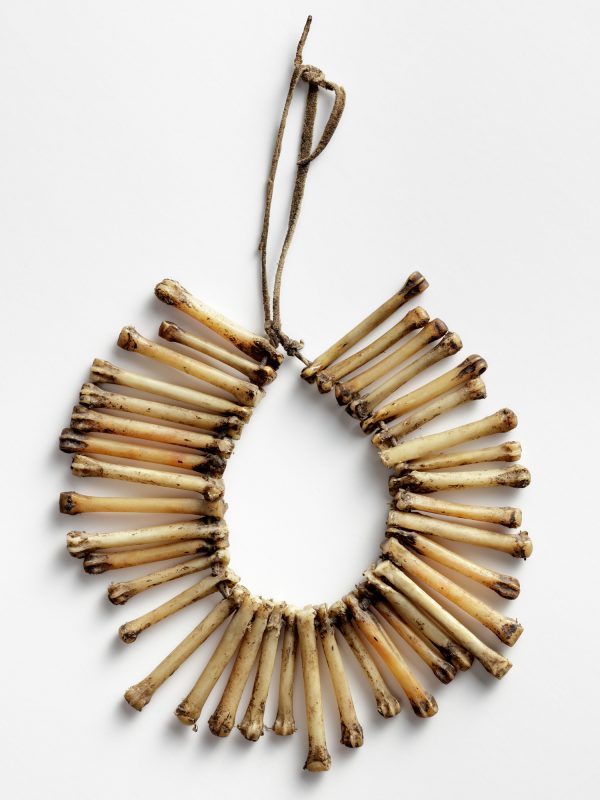 Seer's amulet
Seer's amulet
-
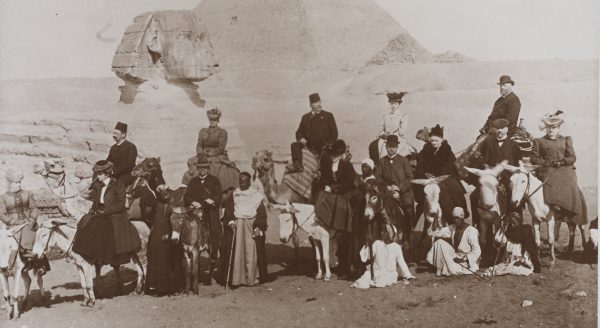 Photopicture from Egypt
Photopicture from Egypt
-
-
2018